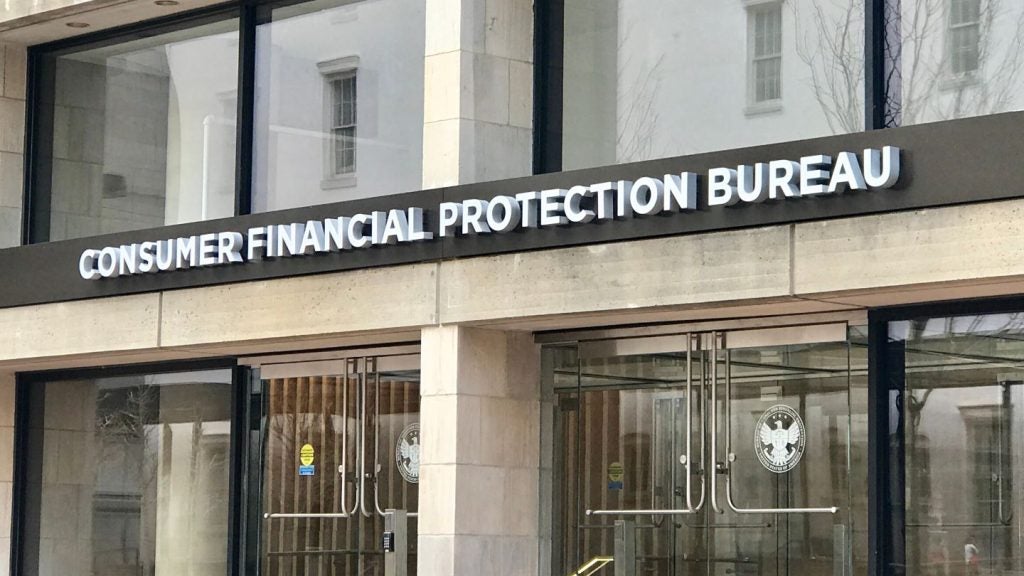The crypto-asset industry has sky-rocketed to global prominence over the past decade. Digital currencies like Bitcoin and the initial coin offering (ICO) have captured the attention of millions of consumers and investors. Briony Richter reports
Looking into the global trend of crypto-assets, the Cambridge Centre for Alternative Finance (CCAF) published its second annual report on the evolving ecosystem.
The report provides a snapshot of the development and growth of crypto across 180 different entities and 47 countries. It highlights the dynamic landscape of the industry through four key segments – mining, storage, exchange and payments – that collectively grew by more than 160% in 2017.
The immense popularity of Bitcoin has crossed over to other types of crypto-asset, which have come under both praise and criticism from the media.
The report highlights, however, that although millions of new users have entered the crypto-asset ecosystem, most remain passive. Total user accounts at service providers now exceed 139 million with at least 35 million identity-verified users, the latter growing nearly four times in 2017 and doubling again in the first three quarters of 2018. However, only 38% of all users can be considered active.
The UK parliament has been reviewing whether crypto-assets should be regulated. In a Commons Select Committee summary it said that crypto-assets, and most Initial Coin Offerings (ICO), do not currently fall within the scope of Financial Conduct Authority regulation. If the UK develops a solid regulatory environment for crypto-assets, the country could be well placed to become a global centre for this activity, but the ecosystem has yet to develop.
How well do you really know your competitors?
Access the most comprehensive Company Profiles on the market, powered by GlobalData. Save hours of research. Gain competitive edge.

Thank you!
Your download email will arrive shortly
Not ready to buy yet? Download a free sample
We are confident about the unique quality of our Company Profiles. However, we want you to make the most beneficial decision for your business, so we offer a free sample that you can download by submitting the below form
By GlobalDataExplaining the report’s objective, CCAF director Robert Wardrop says: “Our goal from the outset was that these periodic reports would become a valuable reference for a wide audience of actors in the financial system, including disruptive product and service innovators, incumbent financial services firms, investors, academics, regulators and policymakers, and the general public.
“Each of these constituents deserves to be heard in debates and financial innovation, and few finance innovations have been as controversial and attracted as much misinformed opinion as the developments associated with crypto-assets.
“Our aim is to inform these voices by providing empirically-based evidence of developments to provide common points of reference to build upon. Sometimes this challenges prevailing wisdom.”
Safe storage
Storage has always been a critical element of conserving assets. As money slips into the digital world, organisations need to find ways to digitally secure those alternative assets, such as crypto and ICOs.
The report notes that crypto-assets can be moved around using private keys – strings of numbers and letters that are unique to each asset in a wallet. They then generate public keys, which produce the public addresses a user will receive to access their crypto assets.
There are several types of wallet, ranging from mobile to web and desktop. The report found that, in 2017, 65% of those surveyed used a mobile wallet for storage. While still the most popular option for users, the level decreased in 2018 to 62%; on the other hand, use of web wallets increased from 38% in 2017 to 53% in 2018.
Large providers will support an average of three storage types, compared to an average of two facilitated by smaller wallet providers.
Mining crypto-assets
Mining is crucial in the crypto-asset world, but it has come under intense scrutiny. In July 2018, US congressman Brad Sherman actually called for a blanket ban on buying and mining cryptocurrency.
In a move to stop customers using their phones for mining, both Apple and Google have banned cryptocurrency mining apps from their app stores. However, the CCAF report notes that mining is actually less concentrated than commonly perceived. Furthermore, the majority of mining organisations will mostly specialise in a specific activity.
In contrast, only a small number of larger firms have explored a continuous vertical integration that can cover the full value chain. While the crypto industry has become known worldwide, it is primarily driven by companies based in North America, China, India and Western Europe.
However, crypto-asset mining appears to be less concentrated geographically, in terms of both hashing power ownership and manufacturer options, than commonly depicted: the mining map highlights that hashing facilities and pool operators are distributed globally, with growing operations in the US and Canada.
The media frenzy over Bitcoin fuelled intense growth in the crypto-asset industry throughout 2017. Aggregate crypto-asset market capitalisation soared more than 25- fold to reach nearly $800bn, before it started to plummet dramatically in 2018. The crypto industry remains volatile to say the least, but with the proper regulatory environments, certain types of crypto-asset do have the potential to flourish.







